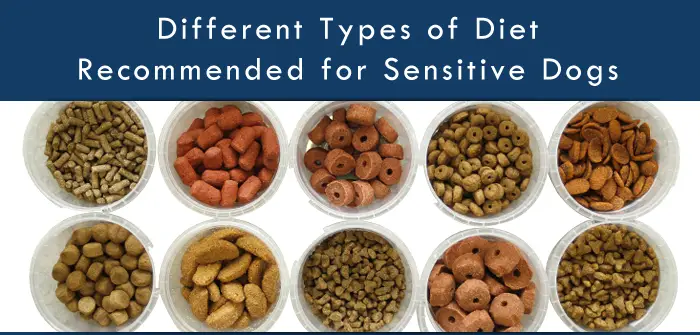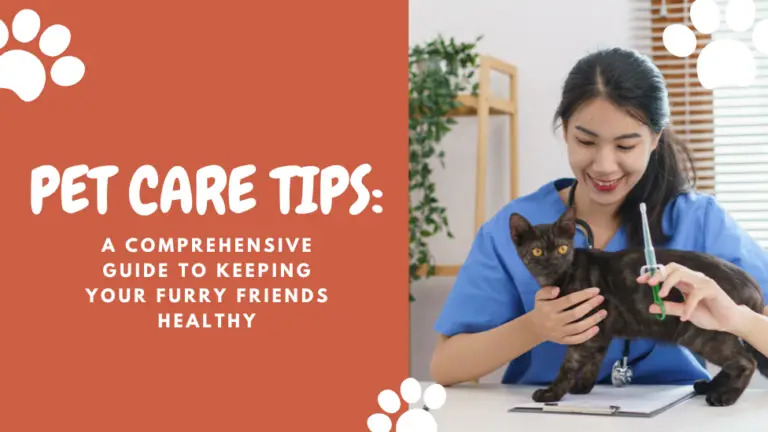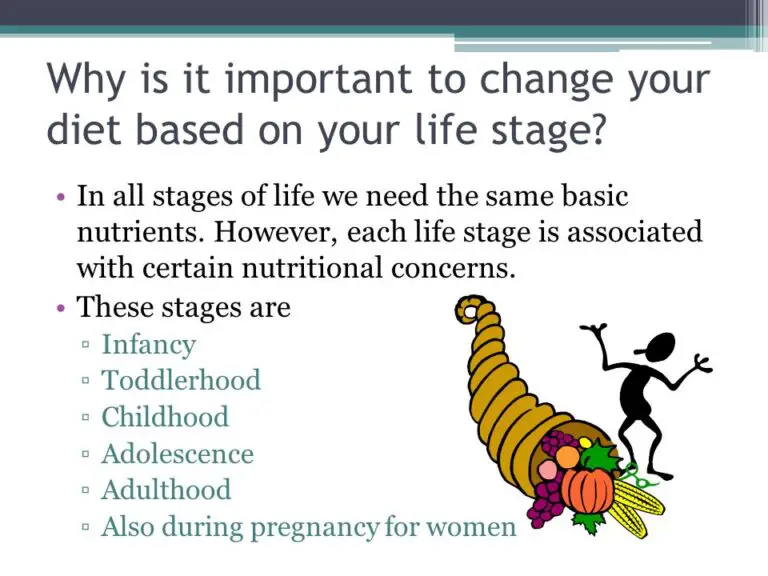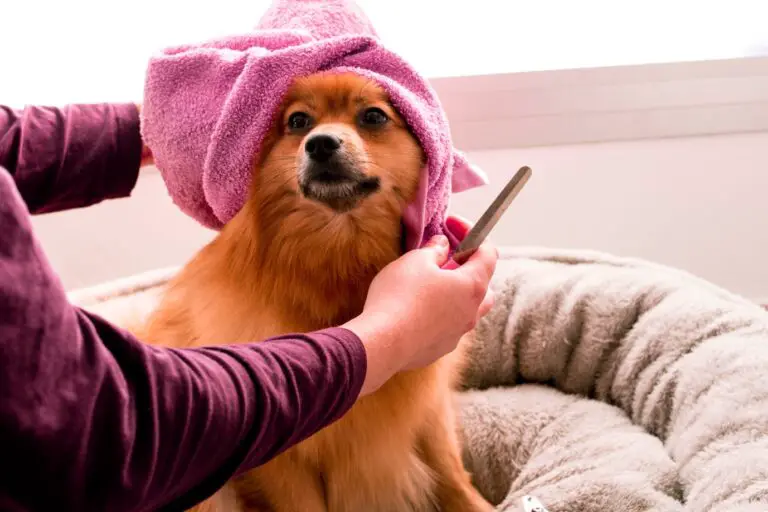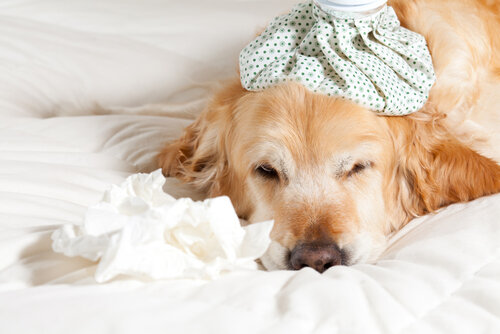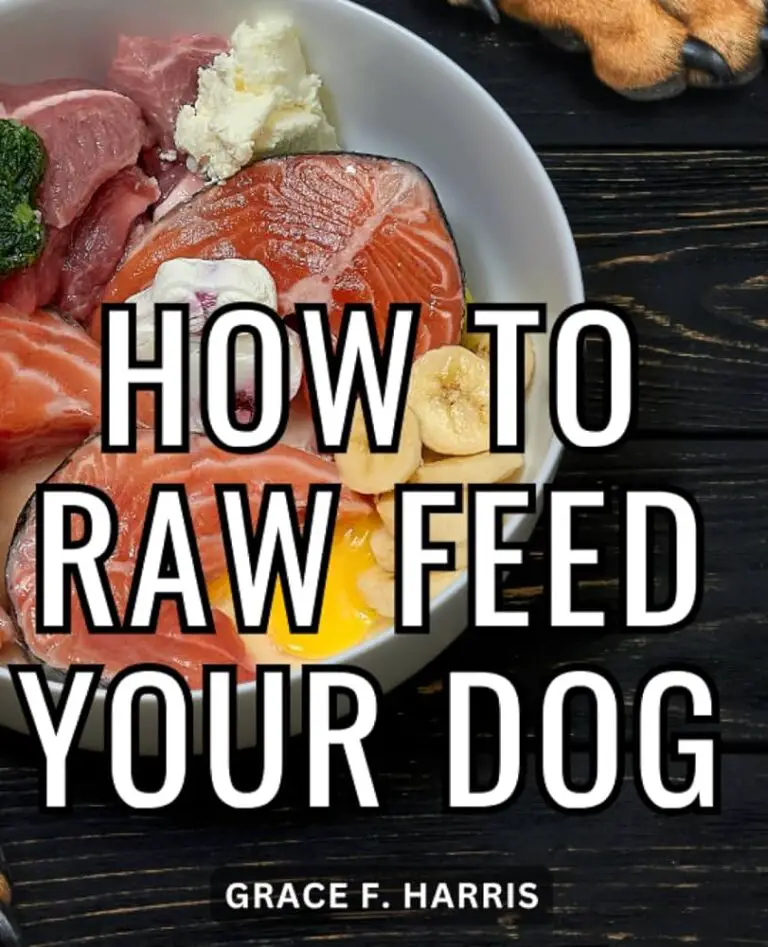Nurturing Noses and Paws: Care Essentials Every Pet Owner Should Know
In the delightful chaos of barks, meows, and the pitter-patter of tiny feet, pet care often becomes synonymous with love. For those who are fortunate to be welcomed into the world of pet companionship, their furry friend quickly becomes a central figure in their life. However, love alone cannot sustain the health and happiness of our animal companions. Just as we – humans – need regular care to flourish, our pets require specialized attention too.
From their velvety noses to the pads that carry them through countless adventures, our pets depend on us for their well-being. This guide serves as a nurturing nudge in the right direction, offering insights into the care essentials that are integral to the overall health of your beloved pet. Remember, the bond between pet and owner is nourished not just through play and cuddles, but also through the considerate daily actions that keep a furry family member fit and content.

Nurturing Noses
In the animal kingdom, a nose is not just a repository for scents – it’s a barometer of health. A warm, moist nose in your dog or cat typically indicates wellness, while a dry or cracked nose might signal a health issue. But what’s the significance of a nose to pets, and how can we maintain its well-being?
A dog’s nose, a marvel of nature, has upwards of 300 million olfactory receptor sites, compared to about 5 to 6 million in humans. These receptors play a crucial role in their ability to understand the world through scent. Cats, too, are equipped with an acute sense of smell; their cold, wet noses assist them in respiratory cooling and capturing scents with precision.
Preventive care tips for pet noses include keeping them moist with gentle, pet-safe products. Avoid using human moisturizers, as these can be toxic if ingested. In cases of persistent dryness or cracking, consult a veterinarian for advice. Regular checks should be a part of your pet’s grooming routine, allowing you to detect irritations or injuries early on, offering timely treatments before they escalate.
Protecting Paws
Our pets’ paws are the silent heroes of their daily lives – they explore, run, and jump, in all terrains, from the soft grass of a backyard to the rough asphalt of city streets. Signs of paw discomfort such as limping, licking excessively, or favoring a particular paw shouldn’t be ignored. They may indicate rough terrain, foreign objects, or a more severe injury.
Daily checks are essential to maintaining paw health. Look out for signs of damage, including cuts, cracked pads, ingrown nails, and foreign bodies. Regular trims keep nails at a safe length and reduce the risk of painful, potentially serious issues.
During winter, ice-melting chemicals and salts can damage paws, while in summer, hot pavements can cause burns. In both cases, protective balms can provide a barrier. Grooming the fur between the toes can prevent mats and reduce the chance of painful burrs and thorns embedding in the paw pad skin.
Grooming Guidelines
Grooming goes beyond aesthetics; it’s a vital aspect of pet care. Not only does it contribute to a pet’s appearance and comfort, but it also helps in detecting and preventing health problems.
Different breeds have different grooming needs. Long-haired pets require more frequent grooming to prevent matting and keep their coats free from debris. Bathing frequency depends on your pet’s skin type and activities. Dogs that spend a lot of time outside or have skin conditions might need baths more frequently, while cats, particularly fastidious self-groomers, may require less.
Brushing is a universally important part of grooming. It stimulates the production of natural oils, removes loose hair and dander, and helps prevent mats. When grooming, be sure to use appropriate tools designed for your pet’s fur type – a cat’s fine, delicate skin requires a gentler touch than a dog’s tougher hide.
Diet and Nutrition
Proper nutrition is as crucial to pets as it is to humans, playing a pivotal role in their health, energy levels, and even behavior. A balanced diet for your pet should include the right proportions of carbohydrates, proteins, fats, vitamins, and minerals. Overfeeding, underfeeding, or feeding the wrong type of food can lead to a host of health issues, including obesity, malnutrition, and digestive problems.
Common dietary mistakes include feeding human food that can be harmful to pets, such as chocolate, grapes, and onions. Over-reliance on commercial treats can unbalance a pet’s diet. Additionally, not providing fresh water around the clock can contribute to urinary issues.
When choosing pet food, look for high-quality ingredients and consult with your veterinarian to determine the right portion size for your pet’s size, age, and level of activity. Consider factors such as allergies and specific health requirements, for instance, senior pets might require food tailored to support joint health.
Exercise and Mental Stimulation
Physical activity and mental engagement are just as vital for pets as they are for humans. Regular exercise helps manage weight, promotes healthy joints and muscles, and reduces the likelihood of behavior problems. Dogs, in particular, benefit from walks, runs, and playtime. Cats enjoy stalking, pouncing, and climbing activities that mimic their natural behaviors.
Creative ideas to keep your pets engaged range from puzzle toys that dispense treats to hide-and-seek games that exercise their brain and body. Interactive play not only keeps them physically fit but also reinforces the bond between pet and owner.
In addition to structured exercise, providing pets with a stimulating environment can reduce boredom and potentially destructive behaviors. Access to safe toys, scratching posts for cats, and a variety of textures and spaces to explore can contribute to a pet’s mental well-being.
Conclusion
Pet care is a multifaceted task that requires commitment and heart. By incorporating the nurturing strategies outlined in this post, you’re not only safeguarding your pet’s health but also celebrating the unique connection that only pet companionship can offer. Remember that every small act of care adds to a lifetime of well-being for your furry friend. Continue learning and improving your pet care practices, ensuring that the love you share with your pet is as enduring as their playful spirit and wagging tail.



